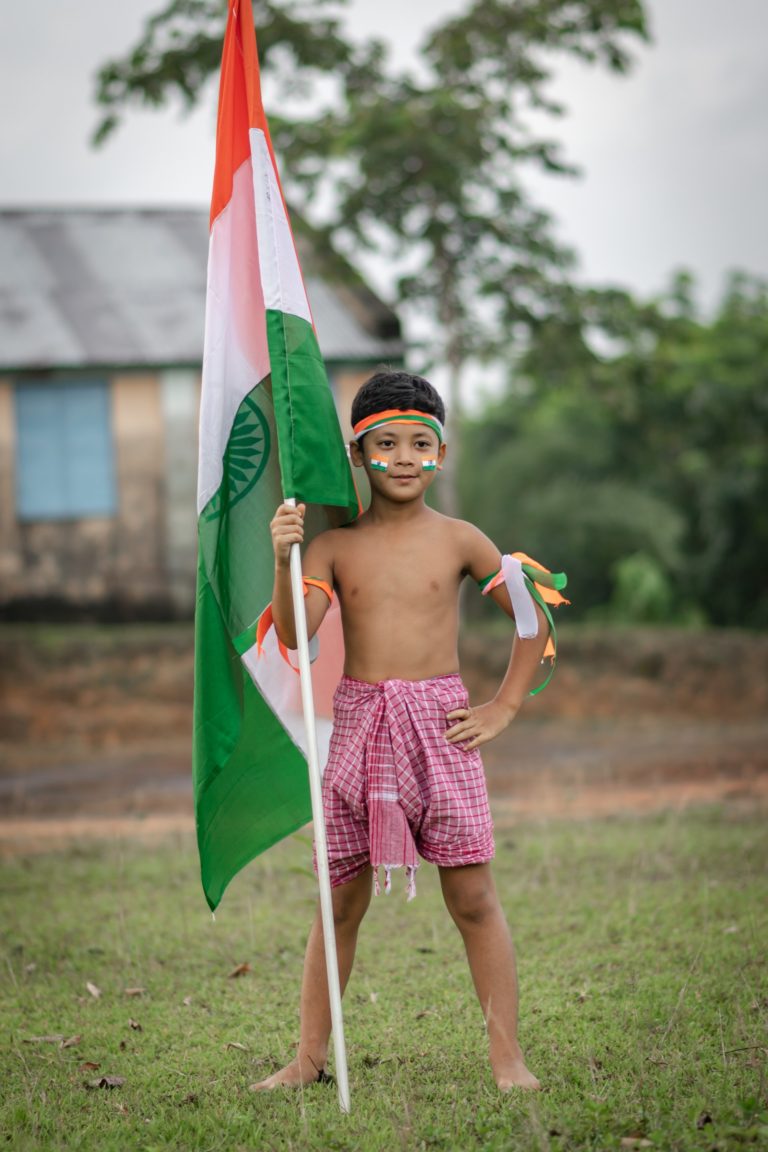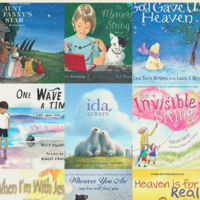As an Amazon Associate I earn from qualifying purchases, at no additional cost to you. For more information, read our Terms & Conditions.
India was the first geography study we did, starting with “On Mission” magazine as our spine. This post, “Geography Study Around the World” goes into some detail about how I go about pulling books and other resources together, even when using this spine.
BOOKS
Our FAVORITE books we used with our India study unit:
“On Mission: India” – You may choose physical + digital or digital only. Again, this link shares more about what I LOVE about this magazine!
Ok, if you haven’t figured it out, I LOVE books and I truly will only recommend the books I feel strongly about. There are many others you may love – pleases share those in the comments below! (I read and reviewed MANY but did not include the ones I wouldn’t recommend using.)
Even Donkeys Speak – (included in their list) – this seriously is such a sweet book and is one that should not be missed. My 5 and 7 year old children were captivated by each story! Each chapter is a new story of a particular missionary or about a person coming to the Lord. SO many miracle stories, which help me remind my children of the God we serve! These stories are all from the mission field of South Asia. The first story is about K. P. Yohannan (founder of Gospel for Asia) as a boy and will excite you in your prayers for your own children!
Missionary Stories from the Millers – I owned this one already. It has missionary stories from all over the world and they are each one so inspirational. There were two from India which we included in this unit.
I Am Gandhi – Seriously, this book series is one of our favorites! We have read and re-read every single one. My kids learn, ask questions and remember about each of these “ordinary people change the world”! This is a picture book with speech bubbles and text to go along with Gandhi telling his own story. This fabulous book series by Brad Meltzer also pairs up with the Xavier Riddle and the Secret Museum books AND TV series (another opportunity for your kids to learn).
I Am Gandhi – same author but a version for slightly older kids. We read both!
The Hidden Jewel: Amy Carmichael – we love this story! It would need to be considered historical fiction rather than a biography since the Knight family in the book is fictitious and used to give context and understanding to the greater story. I was clear with my children what was real and what was made up to help tell the story. That being said, I wouldn’t hesitate to use this book again (in fact, I used it with an older son when I homeschooled him) and highly recommend it. We did choose this book to read Amy Carmichael’s story since it was one I already owned. This paired very well when we watched the Torchlighter’s video.
The Elephant – I cannot speak more highly of this book! Jenni Desmond has a phenomenal way of teaching children about animals with illustrations and words so rich that YOU will find yourself wanting to share with someone else what you have learned (I wanted to tell my husband all that I learned; forget my kids 
In Andal’s House – I am listing this book here because I want my children to understand about the caste system. There are a few points I would rather skip over when reading to my kids, but may also lend to good discussion. I believe this book does a good job highlighting the caste system in the past and how it translates to today – specifically with different generations. That being said, please use your own discretion; I do suggest reading this book ahead of time as it does highlight some Hindu beliefs that are contrary to our Christian faith.
This is about a young boy, Kumar, who is invited to a classmate’s home to celebrate Diwali and watch the fireworks. The family is concerned that Kumar will not be welcome because the other boy’s family is of the highest caste. This does in fact turn out to be the case, as Grandma catches sight of him and turns Kumar away. The last half of the book is the processing between Kumar and his grandfather. It is a beautiful intermingling and understanding amongst different generations.
My Dadima Wears a Sari – What a delightful book! My Indian grandmas and aunties all wore saris and it brought back all those precious memories. In this book, Dadima (grandmother) wears sari every day. Her young granddaughter, Rupa, asks if she ever wants to wear clothes like her own daughter (skirt and blouse). Dadima prefers her saris and she explains why it is not only what she wants to wear, but also the things she is able to do with it (fan herself, collect things, use as an umbrella…). In the end, both Dadima dresses both granddaughters up in saris. The last page includes instructions on “how to wrap a sari”.
Grandfather Gandhi – I liked this book and found the illustrations fascinating. (I would preview this book on your own before you decide to use it with your children, as there are some pictures that may be about subjects you are not ready to expose your children to.) While this book sheds some light on Gandhi, this book is more about his grandson, Arun. Arun struggles to fit in at Sevagram; he feels inept and not “good enough” to be called a Gandhi (family name). When anger gets the best of Arun, Grandfather sits down with him and shares some powerful lessons about anger. He talks about the dangers, but he also talks about how it can be turned around and used for good. “Then anger can illuminate. It can turn the darkness into light…Arun, we can all work to uses our anger, instead of letting is use us.”
Fauja Singh Keeps Going: The True Story of the Oldest Person to Ever Run a Marathon – What a pleasure this book was to read! As a young boy, Fauja was weak and didn’t walk until he was five years old. He didn’t let other people’s taunts hinder his perseverance. As hard as it was for him to do things, he continued to move forward, taking one step at a time. At age 15, he could finally walk a whole mile! Just as he was taught growing up, he taught his own children “You know yourselves and what you’re capable of. Today is a chance to do your best.” At 81, Fauja left all he knew to knew and went to live with family in England. One day, he happened upon a television program showing people “running just to run” complete with smiles on their face. At 81, Fauja began running, one step at a time – each day getting stronger and faster. “After months of hard work, 89-year-old Fauja Singh became one of the oldest people to ever complete the 26.2-mile London Marathon!” And it was his FIRST marathon, and not his last! The book even tells of him running a marathon at the age of 100!
The Boy Who Grew a Forest: the True Story of Jadav Payeng – What a beautiful book! A young boy seeks to make the land near his home a better place. He loved animals and nature and he loved the shelter that trees provided. He shared his vision with the village elders and they gifted him 20 bamboo saplings. He planted those one at a time and continued to nurture his dream/vision. Over time it grew into a forest, acres worth. And then wildlife returned. He remained protector over his forest all his life.
Sugar in Milk– The illustration by Khoa Le in this book are breathtaking. The story is equally as rich. A young girl leaves India to come and live with her auntie and uncle. It was lonely to begin in a new country, away from her family and those things that were familiar. But auntie told her a story of how a people who were once refugees left Persia in search of a new home. They arrived at the shores of India and asked the local king for shelter but he denied their request, communicating simply that they were overcrowded already and there was no room for a new people. Their leader boldly spoke up, stirred a spoonful of sugar into the king’s milk. “Between two wise people, sometimes words are not necessary. The king understood what the leader meant: If you let us stay, O Mighty King, we will live in peace beside all of you. And just like sugar in milk, we will sweeten your lives with our presence.” Open arms were extended and the Persians found a new home among the people of India.
Where is the Taj Mahal?– This is such a great series and this book does not disappoint. A full history of this breathtaking monument in short, accessible chapters. Topics that could be of concern (since I do review all of this from a Christian perspective and want to be able to address anything my children may not understand): Hindu and Muslim references (if your child is reading this independently, you may just want to address this), violence (after his father’s death, he killed all his half brothers).
Grandmother School – This is a beautiful story of a group of grandmothers who are given the opportunity to learn to read. Many think they are too old to learn, but many are equally as excited for them. The grandmothers all have their own uniform for school – pink saris. There are some words about “the next world”, but can easily be skipped over. This book is a great opportunity to talk about illiteracy across the world, much more prevalent amongst girls/women.
Ok, if you haven’t figured it out, I LOVE books and I truly will only recommend the books I feel strongly about. There are many others you may love – pleases share those in the comments below! (I read and reviewed MANY but did not include the ones I wouldn’t recommend using myself.)
VIDEOS
Videos we watched:
- “Elephant” on Disney – this is a beautiful movie about an elephant family (moms and babies). It’s told from the perspective of a mom and her son. It is sweet and well-done. My children were captivated. Warning: the matriarch of the family does die and it shows and talks about how elephants morn. It is beautiful and moving – but I did need to sit with my five-year-old daughter knowing how sensitive she is. I talked her through the whole thing. They have experienced death in our family, so it may have been easier for us because of that.
- “Torchlighters: the Amy Carmichael Story”. This was a sweet movie. The topic is hard, as Amy set out to rescue girl given for temple worship. If you have read a biography with your children, they will understand this. Again, it’s a weighty topic for young children, so use your discretion. I thought it was beautifully done.
- “Candle in the Dark – the Story of William Carey” – We watched this over two days. I am glad I watched it with my children but it does very clearly show the hard side of missionary work. William Carey lost his son and later his wife while serving in India. The wife struggled with the sacrifice William was making, blaming him and the country for the loss of her child. She never got over it. There is no sugar-coating done in this movie. I would say this is probably best for older children, even though I watched it with my young ones (5 and 7). The only way it worked with the younger ones is that I sat with them and talked them through every hard part, and answered every question they asked.
- “India: Nature’s Wonderland” – this is a BBC Earth video that my library had. It was a lovely visual experience. My children enjoyed it.
Indian Movies
After we finished our month study on India, I came across this list of videos from Caleidoscope of “Top 10 Indian Children’s Movies”. I cannot vouch for any of them and some of them would definitely not even be something I’d consider. That being said, I thought this would give some ideas of options. I don’t know if all the movies are in Hindi with only the option for subtitles. Once I watch any of these, I will update with that information. I specifically would like to check out “The Blue Umbrella” and “I Am Kalam”.
“Khoobsurat” is a Disney Indian movie (yes, that is a real thing) I watched years ago with my older two. It is a princess movie and I remember thinking it was sweet and silly. I am very particular about what I let my children watch and I don’t remember anything specifically that caught me off guard. There are other Disney Indian movies which you may want to check out. [Available on Netflix when I wrote this.]
“Million Dollar Arm” was a movie my whole family enjoyed years ago. This is a movie about an Indian cricket player who is recruited to play baseball in America. It is PG and in English – making it another movie option for your month on India.
“The Hundred Foot Journey” is about an Indian family who move to France to open a restaurant across from a Michelin-starred restaurant. It is definitely a lovely, insightful movie. A lot of cultural understanding can be gained into Indian family dynamics (I only say this as I am part Indian). It is also rated PG and another good option.
For older kids, “My Name is Khan” is one of my favorite movies! It is rated PG-13 and is an intense drama. It is about an Indian Muslim man who has Asperger’s syndrome, who falls in love with a Hindu hairdresser. It takes place post 9/11 which creates great tension in the movie, including an unexpected death. I would NOT watch this with younger children unless you chose to preview and just show them parts.
Another for older kids: “The Man Who Knew Infinity” – This is a beautiful and fascinating movie about a genius mathematician, Srinivasa Ramanujan, during WWI in Europe. Much of his knowledge was completely self-taught. You can imagine the cultural tension of an Indian man, as an equal, at Cambridge University.
Additional things we did:
- We are using “passports” as we “travel” around the world. You could do passports or fact sheets (just an example) for each country. A digital version of the passport is included with “On Mission” which is what we use. We just printed out here at home. You can also purchase physical ones if you are already ordering physical magazines from OM.
- Elephant venn diagram.
- Biography sheets for each person we studied. We did sheets for Gandhi and Amy Carmichael. Before my youngest was really writing, I would print out a coloring sheet for her, have her copy the name on her paper and then have her narrate what she wanted me to write about the person – “What is _________ famous for?”
- We put pictures up on our wall as we do each new “famous person”. [add pic]
- I am part Indian, so we regularly eat Indian food, but with each new country, it is fun to eat a food that is representative.
Books for Older Kids and/or more advanced readers (not read unless I put a description, but there is the link to read Amazon’s description):
Rickshaw Girl. This has been made into a movie, but at the time of my writing this, it has not yet been released. I would LOVE to see it when it comes out!
The Grand Plan to Fix Everything
Below you can sign up to receive my personal four-week schedule studying India and using On Mission as my spine. I did not include all the books I loved (which are listed above) in my schedule. I read all the books above over the course of the month, but in the schedule, I tell you specifically which topics we covered each week and which pages we used in the magazine, along with activities and videos we chose each week.
I will always love books, so there is a good chance this list will always be evolving and added to! So make sure to save to your Pinterest board so you can find the most updated list readily.
Scripture quotations marked TPT are from The Passion Translation®.
Copyright © 2017, 2018 by Passion & Fire Ministries, Inc.
Used by permission. All rights reserved. ThePassionTranslation.com.



















